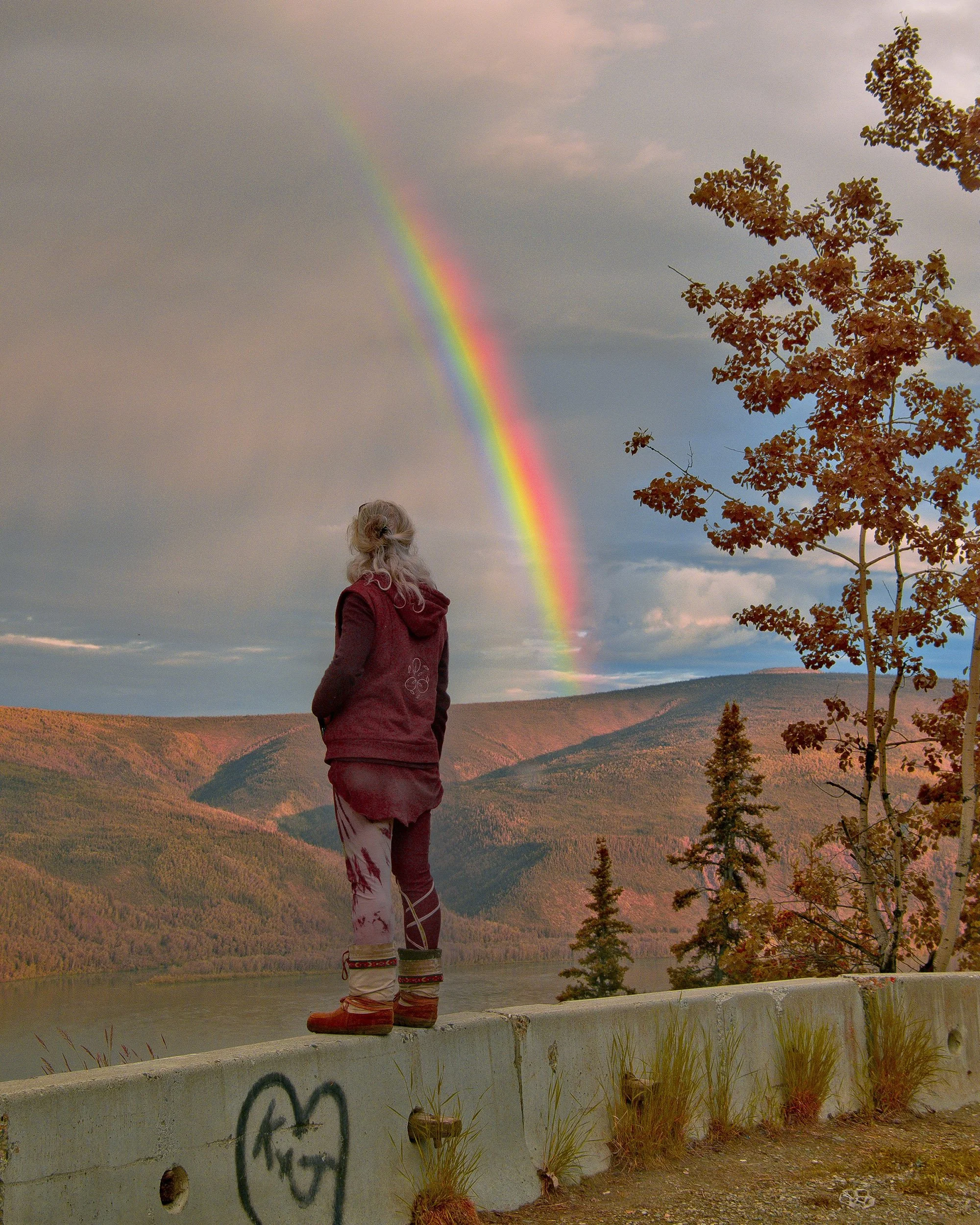Bring Me A Dream | Bring Me A Dream is a collaborative semi-documentary series investigating inter-generational memories in a family carrying the Alzheimer’s gene. When the eldest generation moves on, where do those histories go? What does it mean for a familial line to experience a disease that steals their memory and isolates them from everything and everyone they once knew?
Through lens-based media, I look ahead to the frightening future we must face while simultaneously glancing backward at what once was for multiple generations. People, objects, music, and locations reference childhood memories that are forever out of reach. Using the family archive, I attempt to name these histories from my mind and Grandma’s fading one. This inter-generational mapping unearths additional investigations on whiteness, class, and the meaning of heritage in a family with deep New England roots. Primarily using a digital camera and the vertical frame, I capture this period in our lives as a keepsake for my family and a call to action for others experiencing the same tragedy. Images from this series document the caretaker's essential role, the routine's burden, and the lasting effects on loved ones. With more questions than answers, I wonder what the future holds and if this disease will live with us for generations.
“Mr. Sandman, bring me a dream
Make him the cutest that I've ever seen
Give him two lips like roses and clover
Then tell him that his lonesome nights are over
Sandman, I'm so alone
Don't have nobody to call my own
Please turn on your magic beam
Mr. Sandman, bring me a dream.” (Mr. Sandman by the Chordettes, referencing the title of the series) www.hannah-latham.com




















